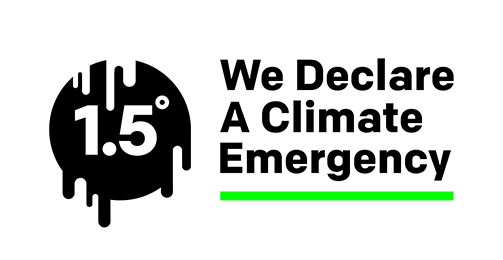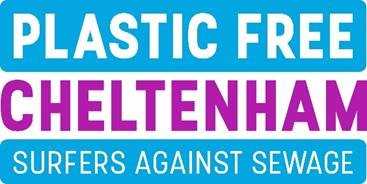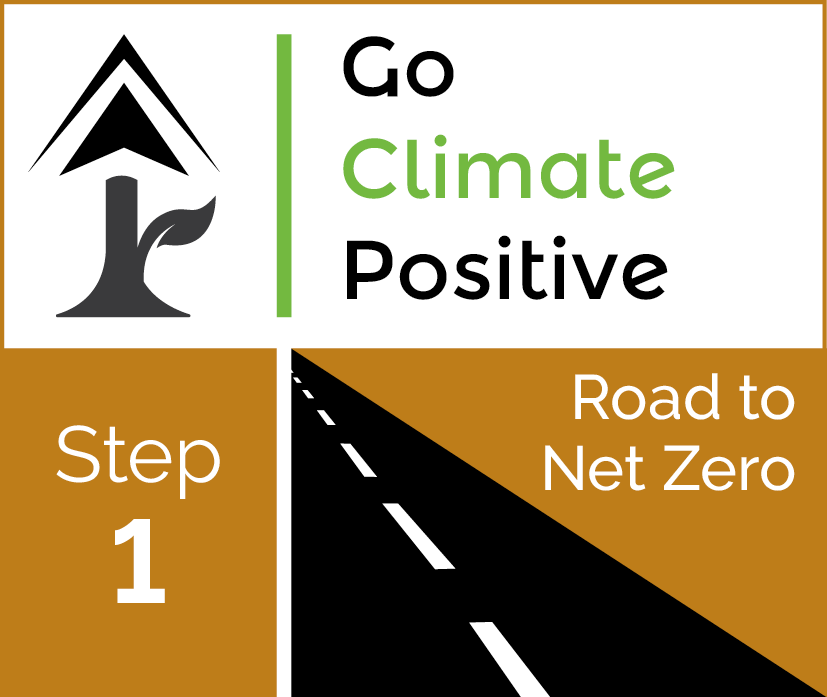Send a message 0333 344 5890 |
- Home
- Knowledge
- Learning Hub
- How can I decarbonise my supply chain?
How can I decarbonise my supply chain?
This blog is part two of a three-part series on supply chain carbon reduction. You can read Part 1 ("Why should I reduce my supply chain’s carbon footprint?"), and Part 3 ("How can I engage my supply chain with decarbonisation?") today.
In our last blog, I covered some of the key drivers behind calculating and including your Scope 3 emissions as a critical part of your business’s carbon footprint, as well as why it’s important to start the journey as soon as possible.
This blog will discuss some of the ways your business can actively begin the process of calculating your Scope 3 emissions and decarbonising your supply chain effectively.
Calculating your scope 3 emissions
In the case of a scope one or two plan, you must first establish your carbon footprint. In the case of scope three, you must establish the carbon footprint of each of your suppliers.
While this may seem a daunting challenge, it provides an excellent insight into your business’s true impact on the climate, while allowing you to make more informed decisions on preferred suppliers, operators, and partners.
During the investigative process of calculating your supply chain’s footprint, its important to establish and understand the carbon footprint and implications of any shipping, administrative, or transport processes. This could include anything from the haulage company taking products to and from customer sites, to the transportation processes and efficiency of your business’s stationary supplier.
Understand suppliers’ impact on your business
During the process of understanding suppliers’ impact on your business, you must factor and develop these impact points into your business’ carbon reduction plan. If your business doesn’t already have a carbon reduction plan in place, I would highly recommend organising this as a first port of call.
Once the impact of your suppliers has been established, they will factor heavily into your business’ carbon reduction plan and would likely influence future decisions on continued supplier usage, new supplier sourcing, and your business’ carbon reduction plan generally.
When determining supplier impact, I would advocate that you identify a “priority” order of your business’ key suppliers by first estimating all your supply-chain emissions using average carbon intensity factors . This priority order will inform your course of actions for carbon reduction through the critical elements of the supply chain. You may identify your key suppliers as your largest or most consistent. You should aim to include 60-80% of your supply chain emissions in your 1st tier.
Create a plan
Once you’ve calculated your own scope 3 emissions and understand your suppliers’ impact on your business, your next step is to create, or adapt, an effective carbon reduction plan which is inclusive of your suppliers. Your plan should include commitments to addressing your supply chain’s footprint, either through encouraged supplier reduction, or through switching suppliers to a more carbon sensitive business. It should include actionable targets for carbon reduction in an effort to push your business towards scope 3 of net zero in an actionable timeframe.
Finally, you must actively engage your supply chain in your scope 3 carbon reduction plan, and decide how to effectively engage suppliers on their net zero journey.
The final part of our three-part series on supply chain carbon reduction will cover “Engaging your supply chain with decarbonisation”. If you missed part one (“Why should I reduce my supply chain’s carbon footprint?”), you can read it online today.
About Go Climate Positive
Go Climate Positive are expert carbon coaches, able to work with you to take the confusion out of scope 3. We baseline emissions, develop carbon reduction plans, and provide resources to engage your supply chain in a developed but digestible manner.
Get in touch today to find out more about our options for businesses looking into scopes 1, 2, and 3 of net zero.
Written by Eoin McQuone

Eoin (pronounced like “Ian”) is the Chief Carbon Coach and founder of Go Climate Positive, and a Practitioner member of IEMA (the Institute of Environmental Management).
Eoin says, “Sustainability is no longer a ‘nice thing to do’, it is business critical. My goal is to make it accessible and affordable for every business, however big or small, no matter their market sector.”




